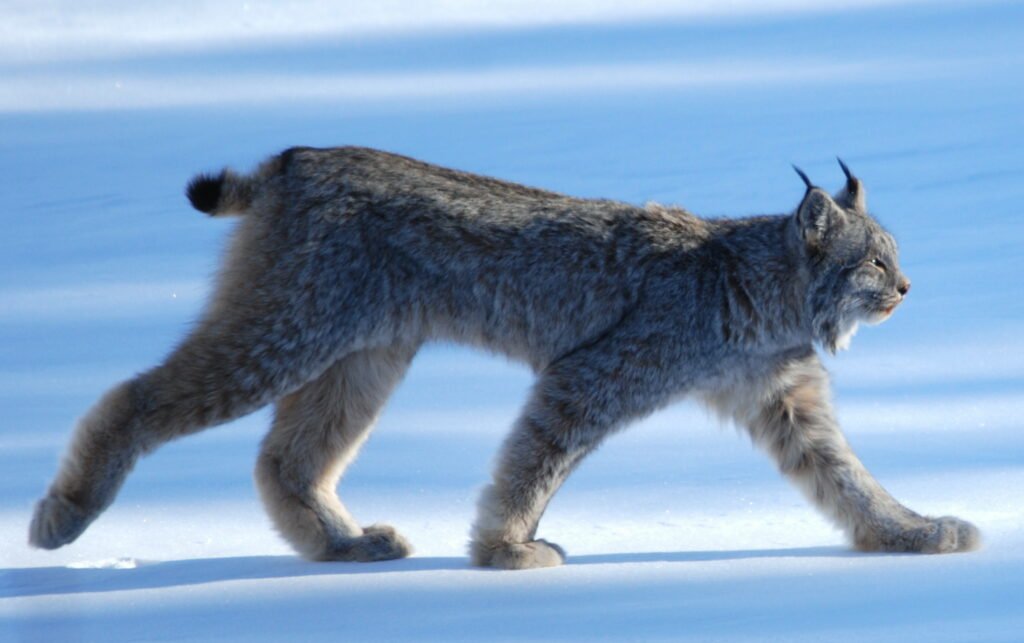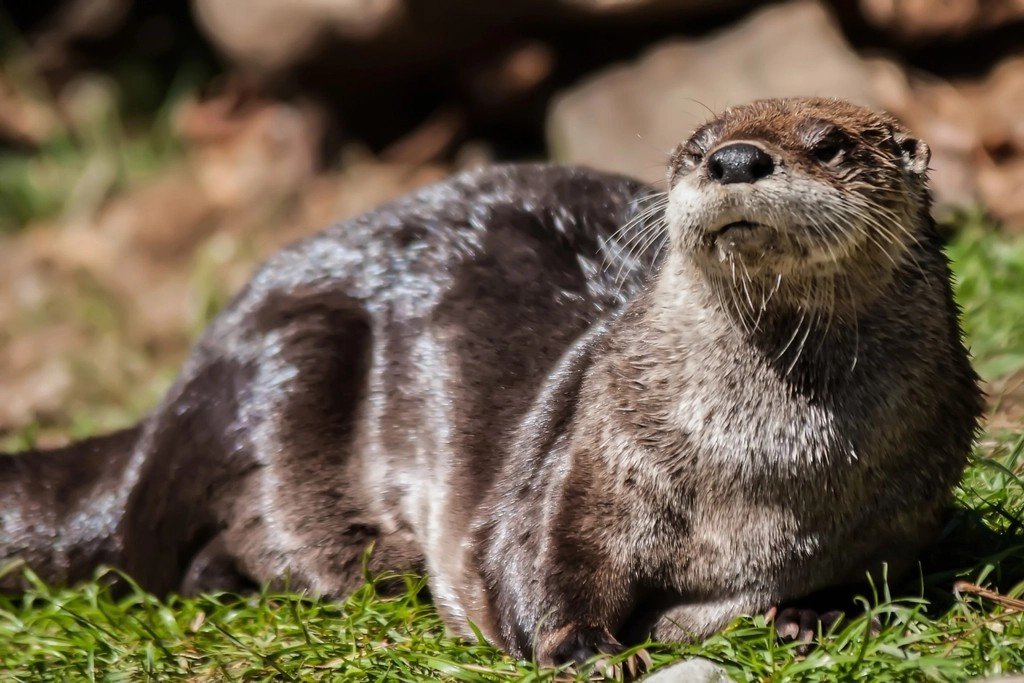The Revolutionary Science That Stopped a Livestock-Killing Parasite
In Texas Hill Country, the Knipling-Bushland U.S. Livestock Insects Research Laboratory in Kerrville has been instrumental in combating the New World screwworm fly (Cochliomyia hominivorax), a parasitic insect once responsible for devastating losses in livestock and wildlife across the United States. The Menace of the Screwworm Fly The New World screwworm fly poses a unique ...












